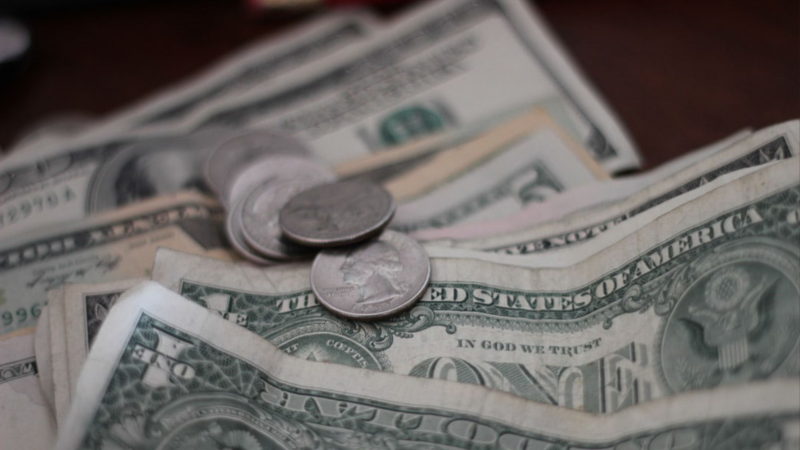
How do People Spend Their Money?
- August 6th, 2019
How do People Spend Their Money?
Spending patterns vary by age, region of the county, the size of the household, and income, among other things. Some things are purchased infrequently, others on a regular basis. The Bureau of Labor Statistics conducts the Consumer Expenditure Survey to quantify some of these observations. The seven major categories in the Survey are food, housing, apparel and services, transportation, health care, entertainment, and an “other” category that is mostly taken up by personal insurance and pensions, but also includes personal care products, reading, education, tobacco products, cash contributions, and miscellaneous items. Although the dollar amounts vary with every Survey report, some trends have been in place for many years.
Health Care. Health expenditures vary considerably by age. U.S. households, on average, spend five or six percent of their after-tax income on health care. The youngest householders, those under 25, spend less, both in total dollars and as a percent of all their expenses. As the age of the householder rises, so does the amount of the budget devoted to health insurance, drugs, medical supplies, and services such as doctor’s visits, lab tests, X-rays, or therapy. Householders age 65 or older devote, on average, 12 percent of their budget to health care.
Food. Everybody who has shopped in a grocery store has marveled at how much of what we buy there is not food. The Consumer Expenditure Survey counts the food items purchased in the Food category, and things like toilet tissue or scouring powder in the Housing category. American households spend about 14 percent of their budget on actual food items. However, these are not only grocery store food purchases. This category also includes food from vending machines, in restaurants, and special catered affairs. Two groups are spending a little more of their budget than average on food, but for different reasons. Households headed by someone under 25 spend more than average on food in restaurants; households headed by someone over 65 spend more on food eaten at home.
Housing. This category is more than shelter. It also includes utilities, household furnishings, household operations and domestic services, and other housekeeping expenses such as pest control, appliance repair, reupholstering or furniture repair, or rental or repair of lawn and garden tools. The average expenditure for this category seems to be about 32 percent of the American household budget. Householders aged 25-44 average a little more, possibly because this is the most common age to buy a house. Single-person households are also spending a bigger percent of their income on housing, possibly because larger households frequently have more than one earner, therefore the percentage of all their household money spent on housing is lower, even if the dollar amount is not.
House Furnishings and Equipment. We might expect young householders to spend a bigger percent of their budget on house furnishings because they are just setting up housekeeping. Or that middle-aged householders would spend relatively more because they are at the height of their earning power. Or that seniors might spend less because they have already furnished their homes. However, every age group seems to spend between five and six percent of the budget on furniture, floor coverings, and appliances. Furniture breaks; rugs wear out; and appliances quit working no matter how old you are.
Consumer Expenditure Survey 1995 Annual 1995 Percent Expenditures of Total Income before Taxes $ 36,948 Average Annual Expenditures $32,277 100% Food 4,505 14% Food at home 2,803 9% Food away from home 1,702 5% Housing 10,465 32% Apparel and services 1,704 5% Transportation 6,016 19% Health care 1,732 5% Entertainment 1,612 5% Other expenditures 3,274 10% Personal insurance and pensions 2,967 9% Pensions Note: Details do not sum to total due to rounding. Source: U.S. Department of Labor, Bureau of Labor Statistics
**07/97
